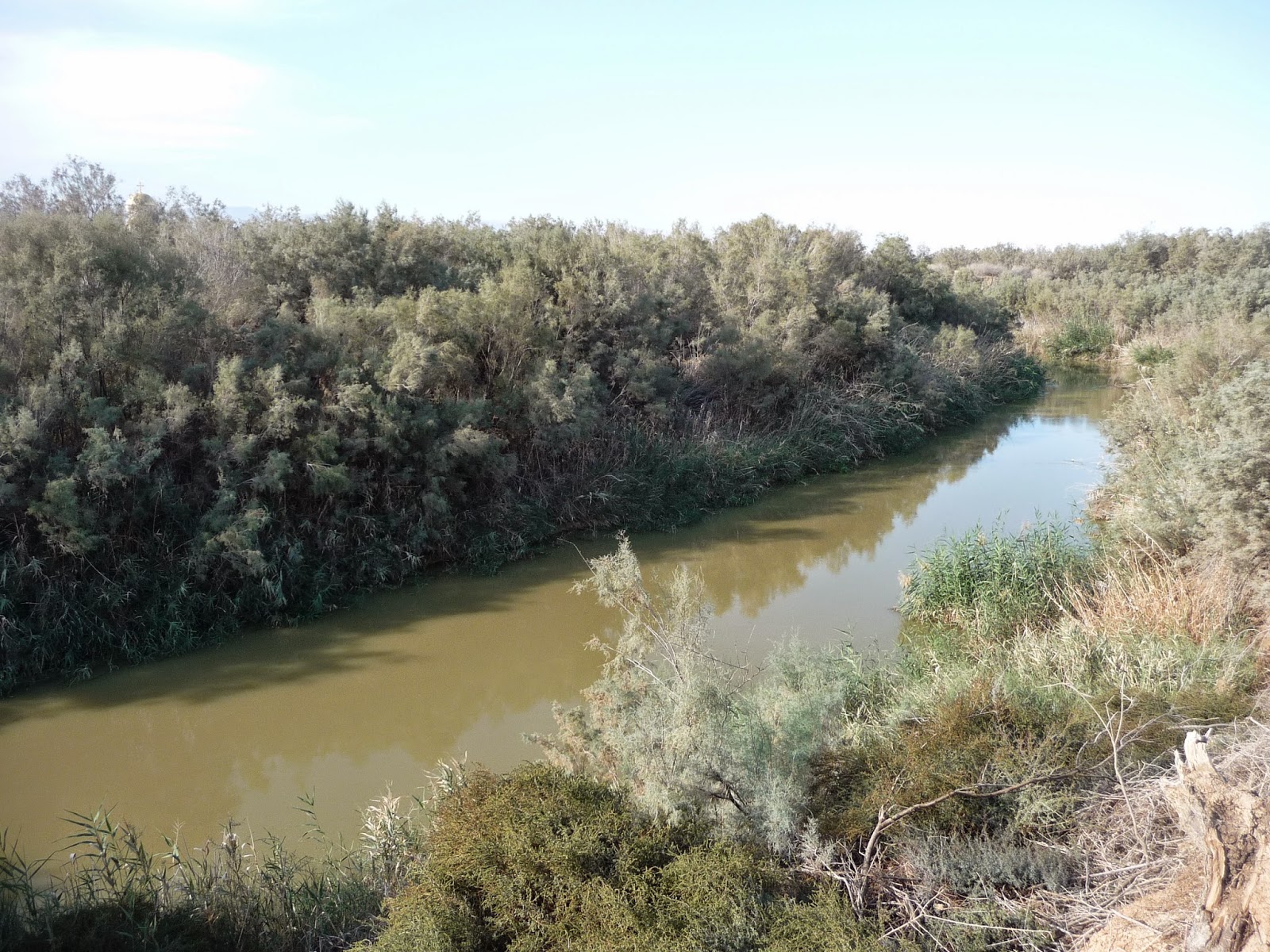There are 2 proposed sites for the baptism of Jesus Christ; one at the southern tip of the Sea of Galilee and the other just north of the Dead Sea. The scriptures give a number of clues. The two sites are about about 60+ miles apart. Matt 2 and Mark 1 tell us that John was teaching and baptizing near Judea and Jerusalem and John 1:28 says that John was baptizing in Bethabara beyond (or on the other side of) Jordan. The Christian Jordanians are quick to point out that they are part of the Holy Land and they accept that Jesus was baptized at the site near the Dead Sea and in modern day Jordan.

Excavations performed in the last 20 years have uncovered a medieval structure built about 4-500 a.d. It is interesting to note that this church is now a block or two away from the Jordan River. It is also important to note that much of the water that originally feed the Jordan River has been diverted by modern Israel for agricultural purposes, and the "mighty Jordan River" is now so narrow, that you could throw a stone across it in many places.
This mosaic shows how the river was once close enough that early builders were able to divert enough water to create a baptism site for the pilgrims of the Middle Ages.
Excavation at this archeological site was not begun until the treaty was signed between Israel and Jordan in 1994, although I suspect that Jordanian Christians knew about it long before excavations were begun.
The roof near the top covers the remains of the medieval chapel. The stairs led to a baptism site that was generally accepted as the place where John the Baptist baptized Jesus.
To the left are the remains of part of the channel where the river was diverted by early Christians to create this baptism site. The roof near the bottom of the stairs was some sort of pavilion, and maybe a place to change wet clothes.










